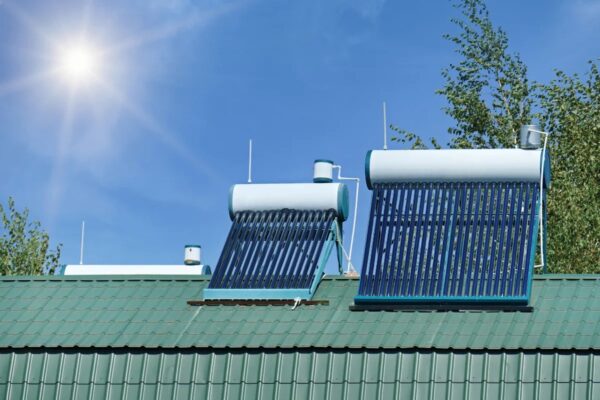In the pursuit of sustainable living, Solar Water Heating Systems have emerged as a beacon of eco-friendly technology, gaining global popularity. Australia, aligning with this green movement, encourages homeowners to adopt solar-powered solutions. This concise guide navigates the essentials of integrating advanced solar water heating systems for enhanced home comfort and reduced environmental impact.
Key Considerations for Solar Water Heating Excellence
1. Selecting Your Solar Water Heating System
The first step toward a solar-powered home involves choosing the right solar water heating system. Distinguishing between electric and gas-powered options, the focus is on seamlessly integrating electric systems with solar setups. In Australia, electric tank water heaters prevail, providing an ideal base for coupling with solar water heating. Explore compatibility with heat pump systems, tankless water heaters, and solar thermal solutions for a versatile solar-powered setup.
2. Understanding Your Electric Tariff
Optimizing the benefits of solar water heating hinges on understanding your electric tariff. With Australia offering flat rate and time-of-use (TOU) options, your choice significantly impacts cost savings. Capitalizing on solar energy during daylight hours becomes crucial, with TOU tariffs offering peak savings during abundant sunlight.
3. Controlled Load Tariffs for Hot Water
Incorporating controlled load tariffs, also known as “off-peak hot water,” plays a crucial role in solar water heating installations. Understanding whether you’re on controlled load 1 or 2 informs how your system operates. For controlled load 1, where water heats overnight during off-peak hours, a solar water heating system acts as a valuable backup, maintaining a consistent hot water supply.
4. Sizing Your Solar PV System
Ensuring your solar power system fits your needs is crucial. When you use solar panels to heat water, it’s vital to make sure they generate more power than your water heating system need
5. Implementing Timer and Control Options
Once your system is in place, implement timer and control options for enhanced efficiency. Install a manually controlled timer on the switchboard to automate water heater functionality. Incorporate a solar inverter to direct surplus solar energy to the heating element. Enhance solar power utilization with a green circuit—a smart timer triggering the load automatically when solar PV systems reach predefined power output levels.
Conclusion: Solar-Powered Comfort
Embarking on the solar water heating journey involves mastering these considerations. Understand your water heating system, electric tariff, and implement robust control systems for seamless integration of solar energy—ensuring not just warmth but a sustainable and cost-effective home water heating experience.
